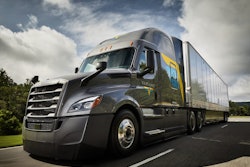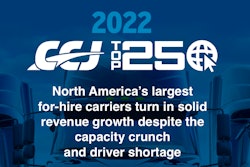Fuel is one of the biggest expenses for trucking fleet.
Even when it's “cheap," fuel it accounts for 19% of the vehicle’s marginal costs, according to the American Transportation Research Institute (ATRI). However, back in 2012, fuel represented 39% of the vehicle’s marginal costs. It will be interesting to see where that percentage is for this year given that fuel was briefly near $6 a gallon in some areas of the country.
While fleets may have little control over the price of a gallon of diesel, they have a great deal of control over the number of miles they get from it. In fact, if they spec and operate their vehicles correctly, they can get free fuel for some portion of the year.
Let me explain with some quick math.
1% = 1/100. A year = 365 days. 1/100 of a year = 3.65 days.
What this means is that if you improve fuel economy by 1%, you don't have to buy fuel for 3.65 days each year. In other words, you get 3.65 of free fuel. Let that sink in. Obviously if you can save more than 1%, you get even more free fuel days.
The good news is there are a variety of things you can do to see a small improvement in fuel economy.
It can be as simple as switching to vented mud flaps or upgrading your axle oil. These are low cost but effective ways to make a small gain in fuel economy.
Larger gains in fuel economy are possible too.
Fleets can do things like add trailer aerodynamic devices, switch to low rolling resistance tires, move to synthetic engine oil, spec idle reduction devices and optimize cruise control parameters. Some of these options — like trailer aerodynamic devices — may cost more but we have seen increases of 1 MPG from their deployment, so their initial purchase price should be offset by the fuel economy gain.
Others — like optimizing cruise control or other engine parameters — cost nothing more than a little time to program, and we have seen anywhere from 0.5 to 1.2 MPG improvements in this area.
When looking at improving fuel economy, maybe it is time fleets start looking at it through the lens of how many free fuel days they can achieve by making a few changes to their vehicles.









